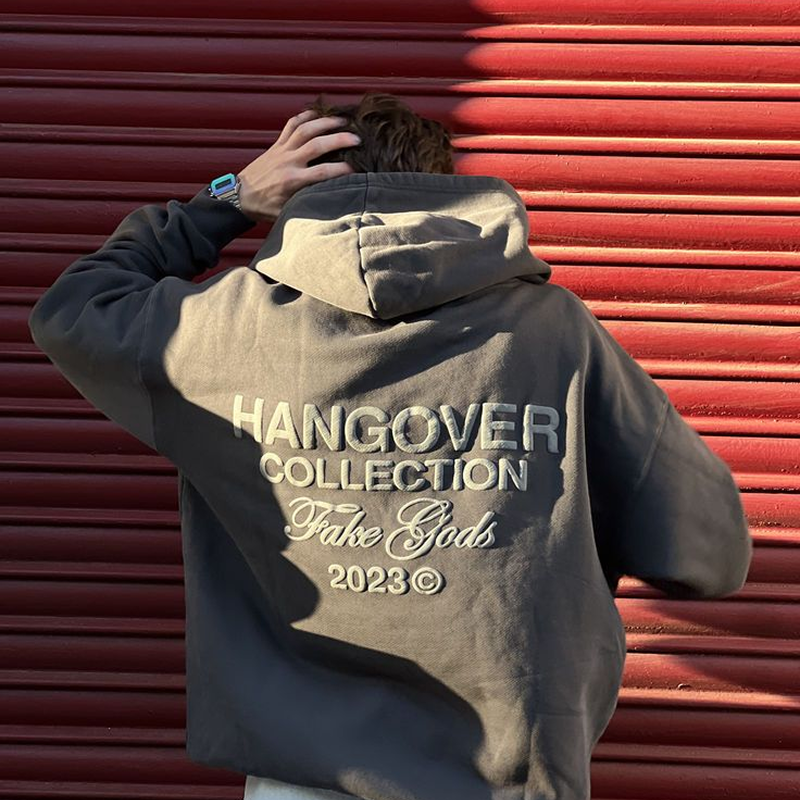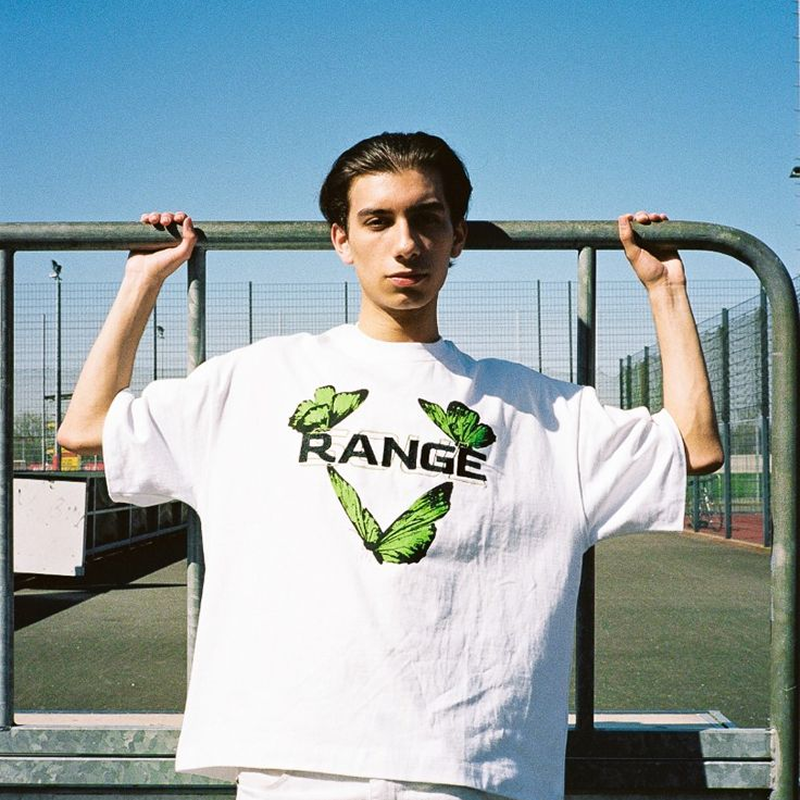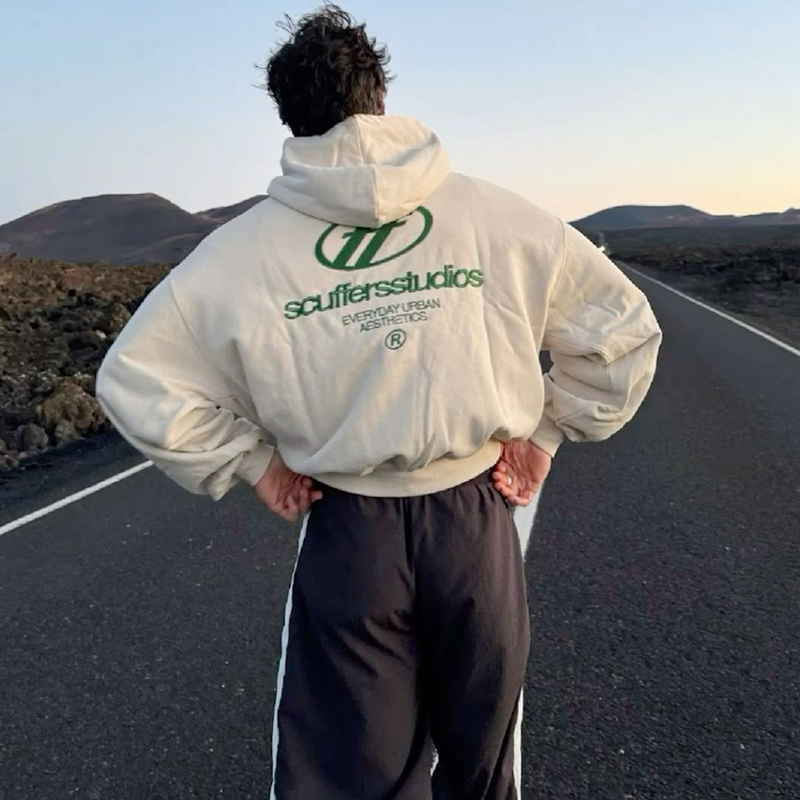- Introduction – The Subtle Revolution
While luxury fashion used to belong to catwalks and couture houses, the 2020s proved a new kind of dominance: soft power.
Not political, but sartorial.
Not loud, but enduring.
The hoodie and T-shirt quietly conquered the world, one outfit at a time.
From Los Angeles studios to Seoul subways, from London art schools to Milanese runways, the same silhouettes dominate: relaxed, refined, relentlessly wearable.
This isn’t laziness — it’s precision disguised as ease.
- A Global Timeline of Influence
1950s: T-shirts become rebellion, worn by icons like James Dean.
1970s: Hoodies appear in sportswear and counterculture.
1990s: Hip-hop and skate culture redefine their image.
2010s: Streetwear invades high fashion.
2020s: Comfort becomes cultural capital.
By 2025, every major brand — from Gucci to Uniqlo — relies on the hoodie-tee duo as universal currency.
- The Democratization of Fashion
Once, exclusivity defined luxury. Now, inclusivity defines desirability.
The hoodie and tee represent the equalization of fashion — garments that anyone, anywhere, can access, yet style uniquely.
The same white tee worn by a Parisian creative director and a Jakarta student tells different stories but shares one truth: style is freedom.
- The Cultural Remix
Global youth culture has blurred borders.
Fashion no longer flows top-down — it moves horizontally, through digital spaces.
A hoodie designed in Seoul might inspire a drop in LA.
A T-shirt worn by a Kenyan skater might appear in a Tokyo editorial.
The internet has made these basics cultural passports — proof that simplicity travels faster than trends.
- The Sustainability Factor
The revolution also comes with responsibility.
The fast fashion cycle is slowing down as consumers demand durability and ethics.
Premium hoodies and tees are now investments, not impulse buys.
Brands focus on recycled fibers, organic cotton, and transparent supply chains.
In this quiet evolution, minimalism becomes sustainability — because the less you consume, the more you care.
- Fashion as Daily Ritual
There’s something sacred in repetition — wearing your favorite hoodie every morning, your best tee every weekend.
These garments become companions, witnesses to your life.
They absorb emotion, scent, and time.
They’re no longer objects — they’re experiences.
That’s the heart of the soft power movement: the bond between person and fabric.
- The Role of Texture in Global Appeal
Texture translates universally.
A perfectly brushed fleece in Copenhagen feels the same comfort as it does in Cape Town.
The tactile pleasure of cotton is cross-cultural empathy — everyone understands softness.
That universality is what made hoodies and tees unstoppable in global fashion. They’re not trends. They’re feelings.
- Subtle Status: The New Elite
Ironically, the most understated outfits now represent the highest level of taste.
Wearing a clean white tee with perfect tailoring says more about sophistication than any monogram ever could.
The new elite are those who master restraint.
Their power lies in how simply they can express complexity.
- The Global Language of Ease
Ease is not laziness — it’s mastery.
Knowing how to layer, how to drape, how to let fabric breathe — that’s the grammar of modern elegance.
Across the globe, young designers are rewriting this language:
In Copenhagen, it’s quiet tailoring.
In Seoul, playful layering.
In LA, washed minimalism.
In Paris, sculptural silhouettes.
Everywhere, hoodies and tees form the foundation.
- Future Icons and Lasting Relevance
As fashion cycles spin faster, few things endure. Yet hoodies and tees keep returning, reinvented, resilient.
Why?
Because they’re emotionally fluent — they adapt to every decade’s rhythm.
In 2030 or 2050, they’ll still represent the same truth:
Softness is strength.
Comfort is confidence.
Simplicity is power.


